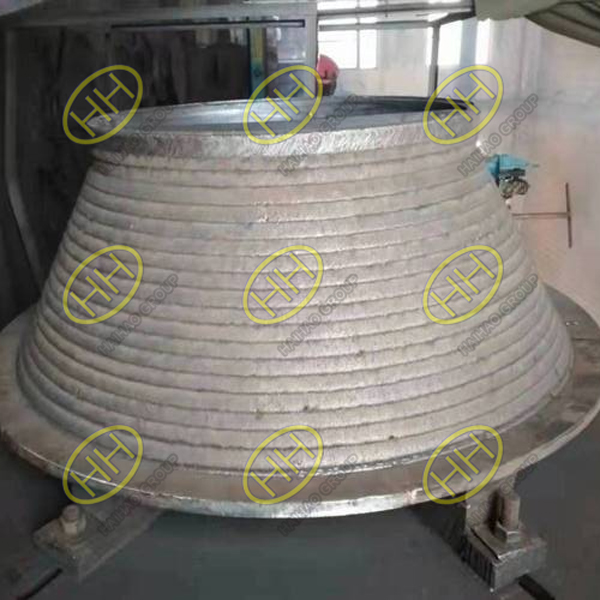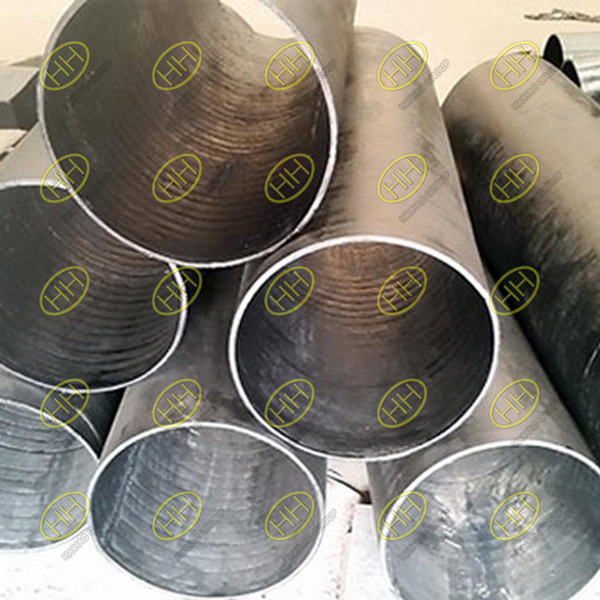How to minimize bending and wave-like deformation in overlay welding of slender shafts and large thin-walled cylinders
Overlay welding of slender shafts and large-diameter thin-walled cylinders often results in bending and wave-like deformation due to uneven heat distribution and residual stress. To address these challenges, the following strategies can be applied:
1.Choose Low Penetration, Low Heat Input Methods
Opt for overlay welding techniques with minimal penetration and low line energy to reduce the heat impact on the workpiece. This helps prevent significant thermal distortion.
2.Reinforce Rigidity with Fixtures or Temporary Supports
Use clamps, jigs, or temporary support plates to increase the rigidity of the shaft or cylinder. This added support helps the workpiece resist deformation during welding.
3.Apply Pre-Bending Techniques
Pre-bend or pre-deform the workpiece in the opposite direction of the expected distortion. This compensates for bending caused by the heat input during the welding process.
4.Adopt a Systematic Welding Sequence
Plan a balanced and logical welding sequence to distribute heat evenly across the workpiece. This prevents localized stress concentrations that contribute to deformation.
5.Use Controlled Welding Parameters
Select smaller-diameter electrodes, low welding currents, and high welding speeds to reduce localized heat input. Incorporate intermittent cooling techniques to avoid overheating specific areas, maintaining the workpiece’s structural stability.
By implementing these methods, the risks of bending and wave-like deformation in slender shafts and thin-walled cylinders during overlay welding can be significantly reduced, ensuring better dimensional precision and weld quality.



